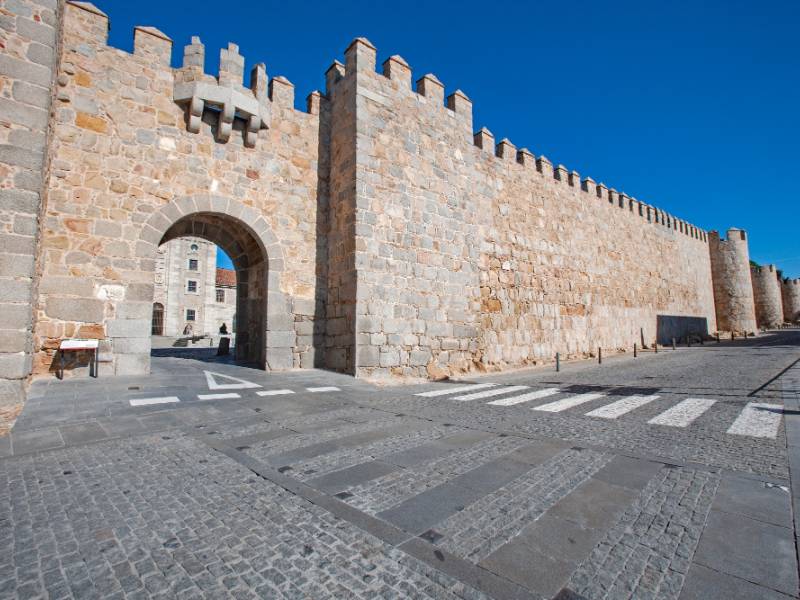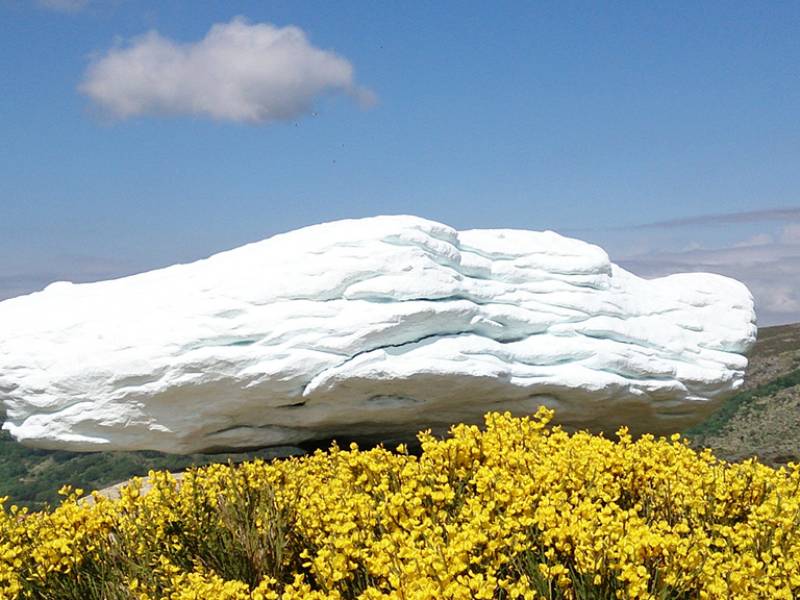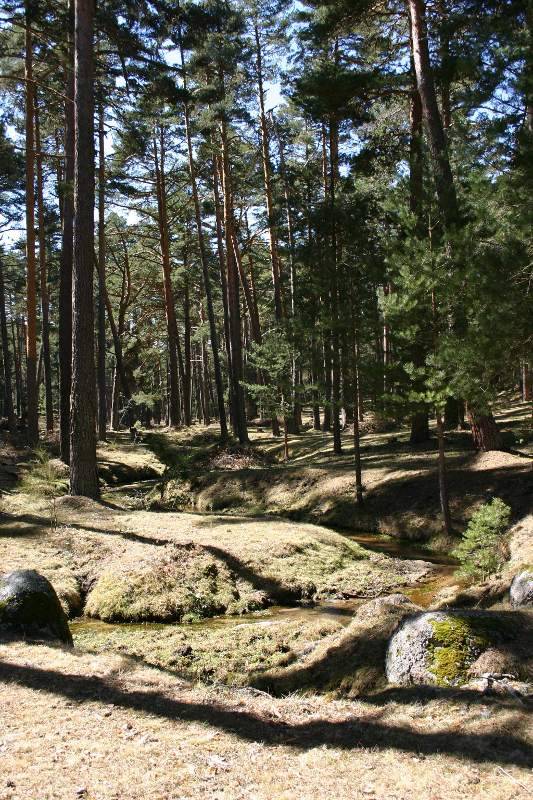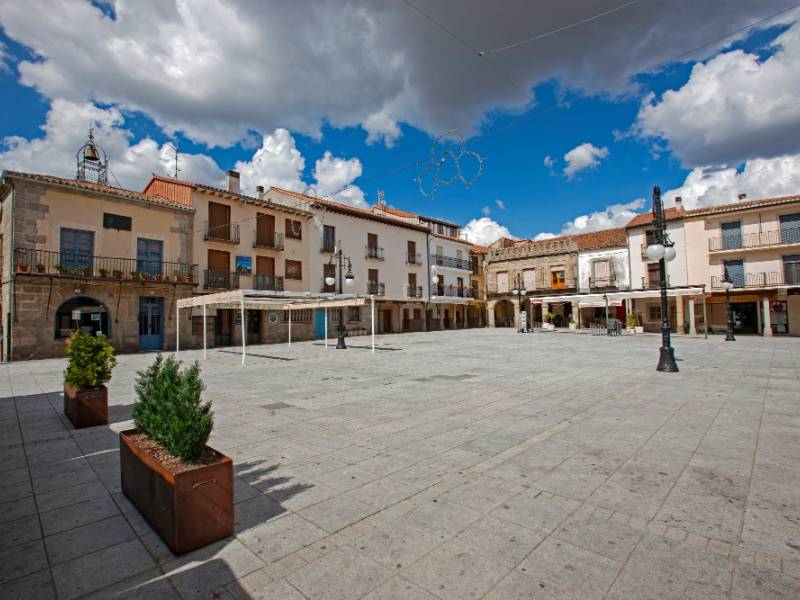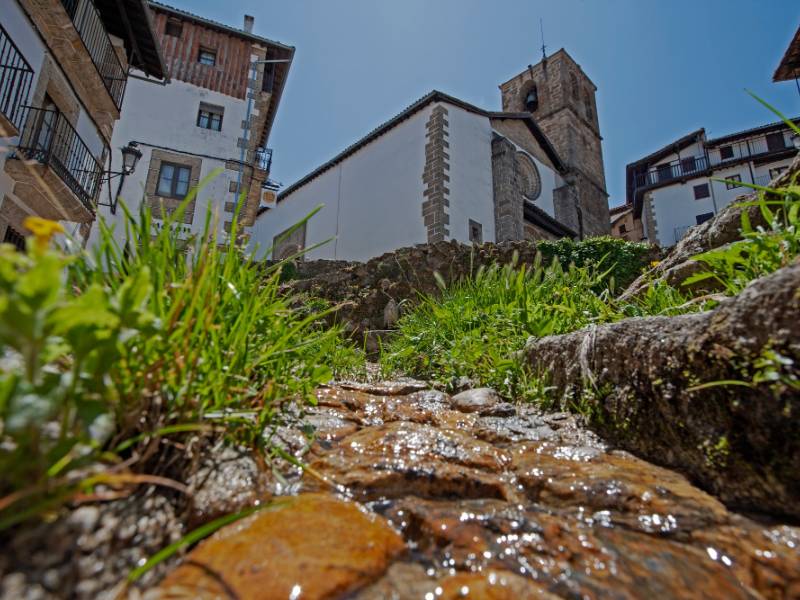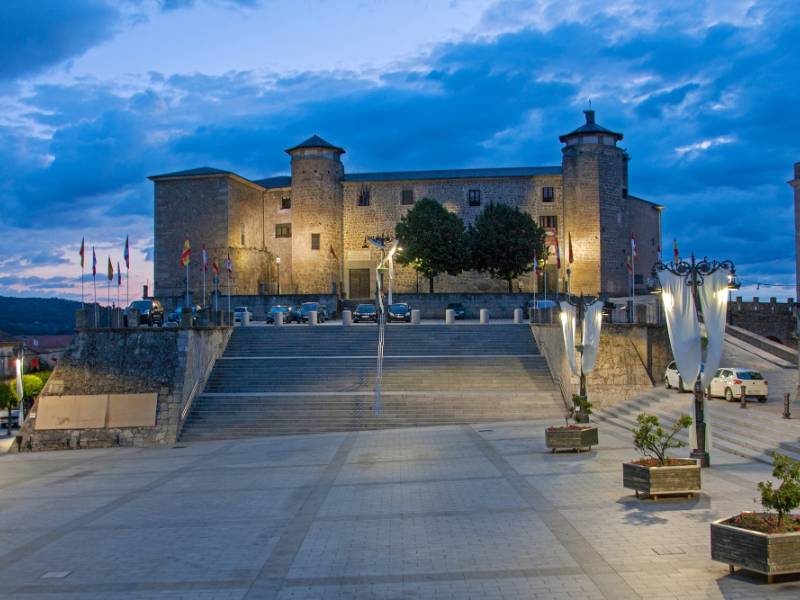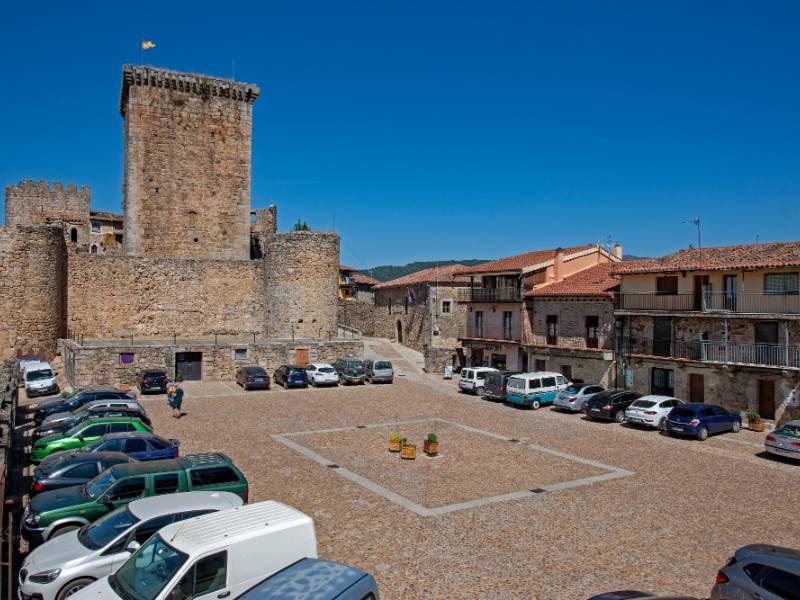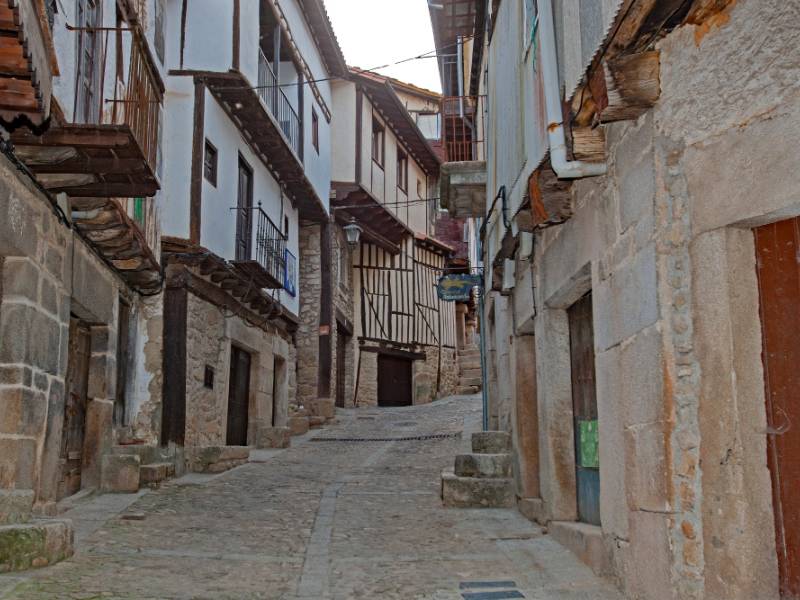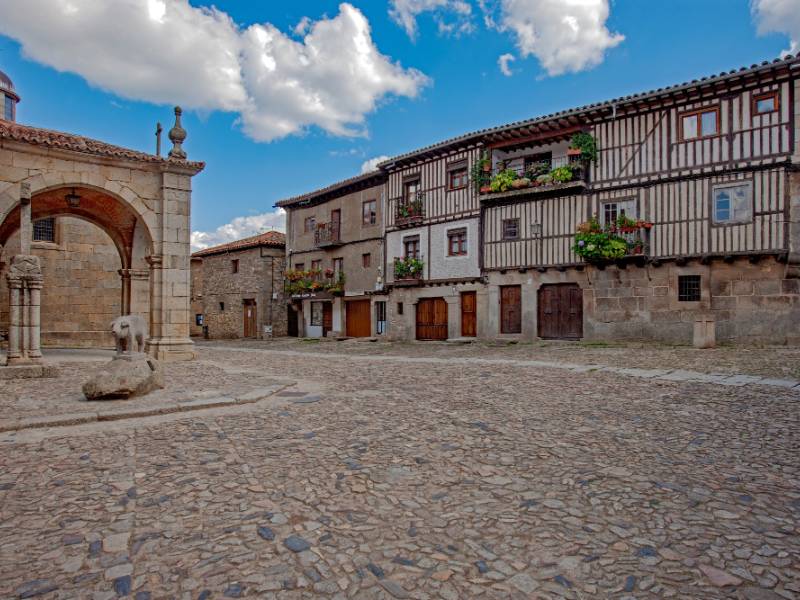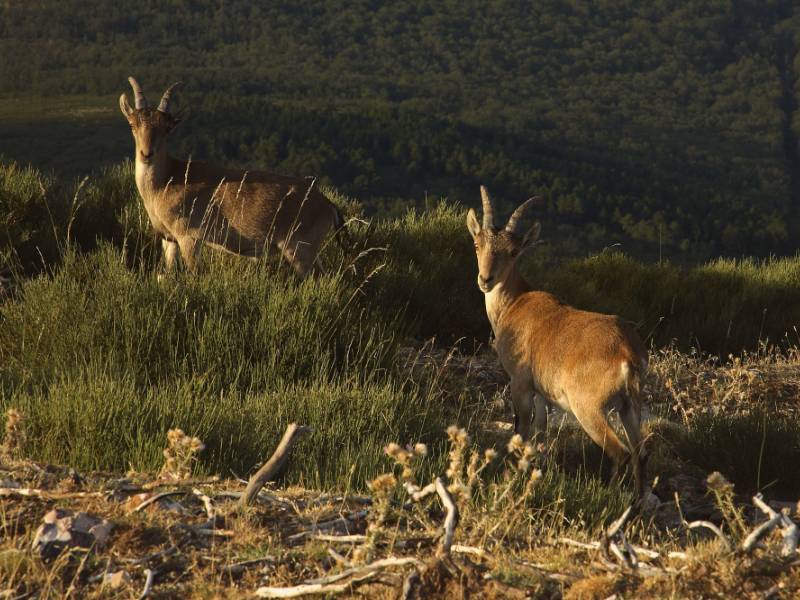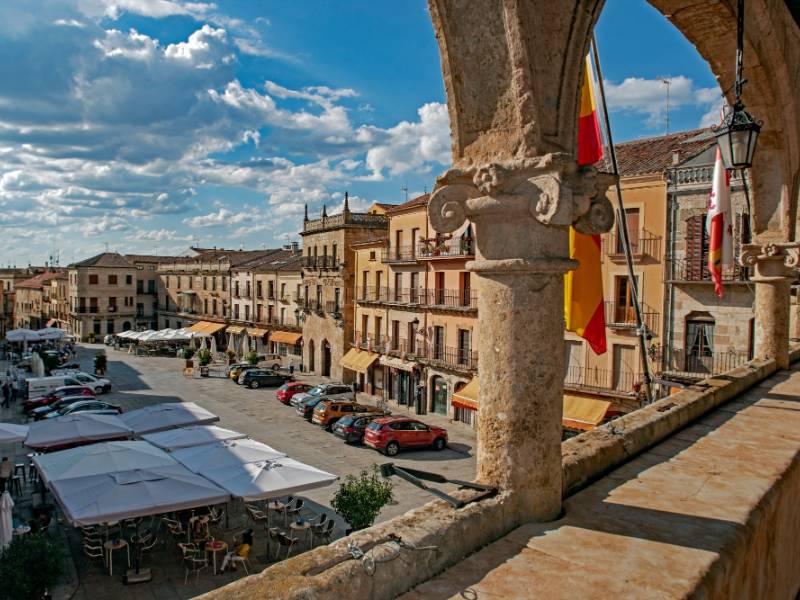Route 4 South. Section 2 - El Barco de Ávila
- Previous
- Following
A Historic and Artistic site. Lying in south-west Avila, on the border with the provinces of Salamanca and Caceres, its privileged natural setting, nestling between the valleys of the rivers Tormes and Aravalle, makes it the natural choice for the area’s principal town and a lively hub.
Not to be missed are the medieval walls and Valdecorneja Castle. Visitors will also enjoy a stroll around the main street and square (Calle Mayor and Plaza Mayor), or the chance to explore the Church of La Asunción de Nuestra Señora, the Chapel of San Pedro del Barco, and taste the famous ‘judiones del barco’, a dish of beans protected by Spain’s second oldest Designation of Origin Regulatory Board. This is most definitely a place worth exploring and savouring.
Reference to content
What to see?
 Castle of ValdecornejaMore information
Castle of ValdecornejaMore informationIt has a strategic location, overlooking the river and the bridge from the highest vantage point in the valley.Built on an ancient castro (vernacular structure) in the 12th century and rebuilt between...
 Major Church of the Asuncion de Nuestra SeñoraMore information
Major Church of the Asuncion de Nuestra SeñoraMore informationLarge 12th-century church, with thick walls and naves of equal height. It contains a remarkable series of paintings and sculptures, as well as the grid of the presbytery.Most of the church was built in...
 House of the BalconesMore information
House of the BalconesMore informationOld house of the inquisition. It is called the house of balconies because it was the first in the town with balconies. It has a façade typical of the houses of the early 15th century with round arched...
 House of the ClockMore information
House of the ClockMore informationOld town hall demolished in the 18th century and rebuilt with stone walls and Castilian masonry work. On the balcony the clock of the town was placed along with the small metal tower which houses the bell....
 Walls of El Barco de AvilaMore information
Walls of El Barco de AvilaMore informationFormerly, the walls started from the castle and surrounded the old town. Their current layout is from the XII century; they were built by M. Ramon de Borgoña, with pentagonal floor, and only remains standing...

